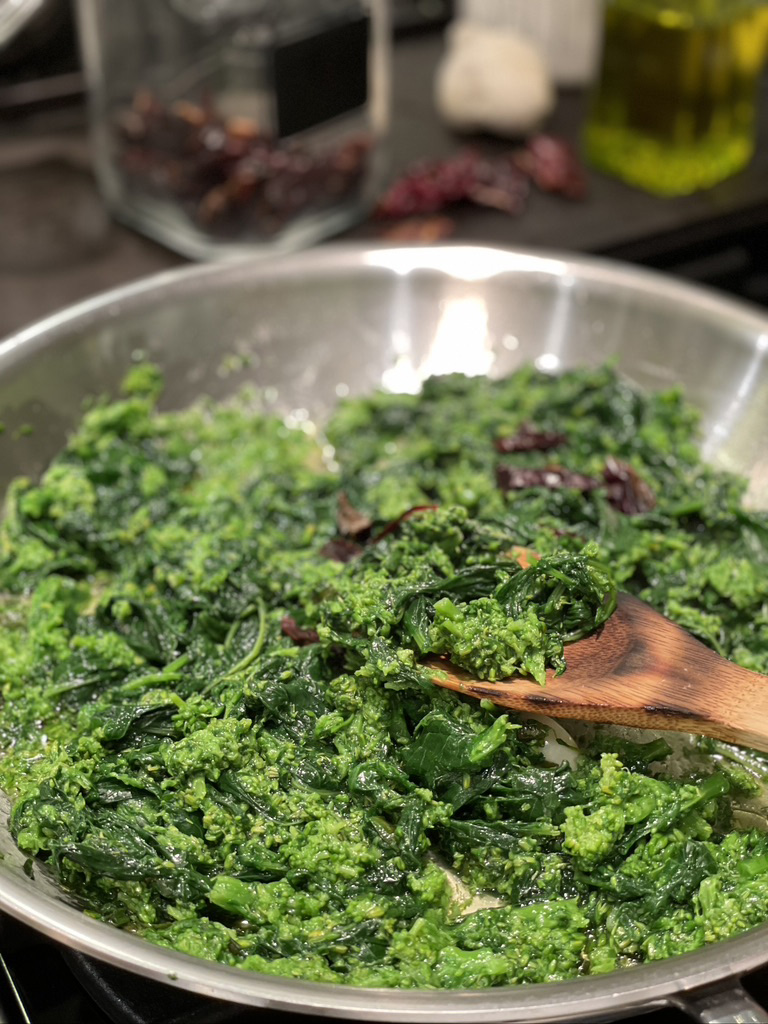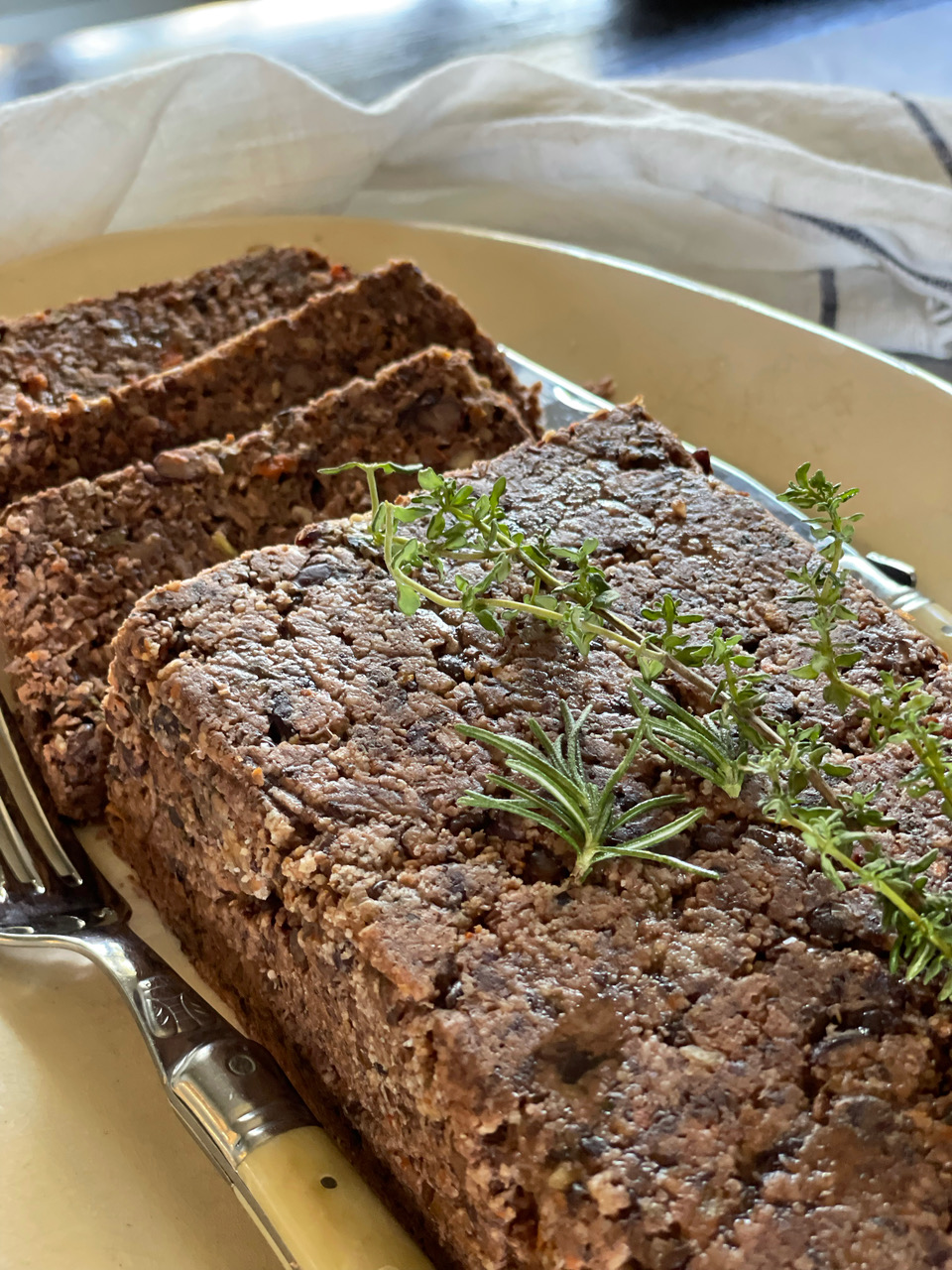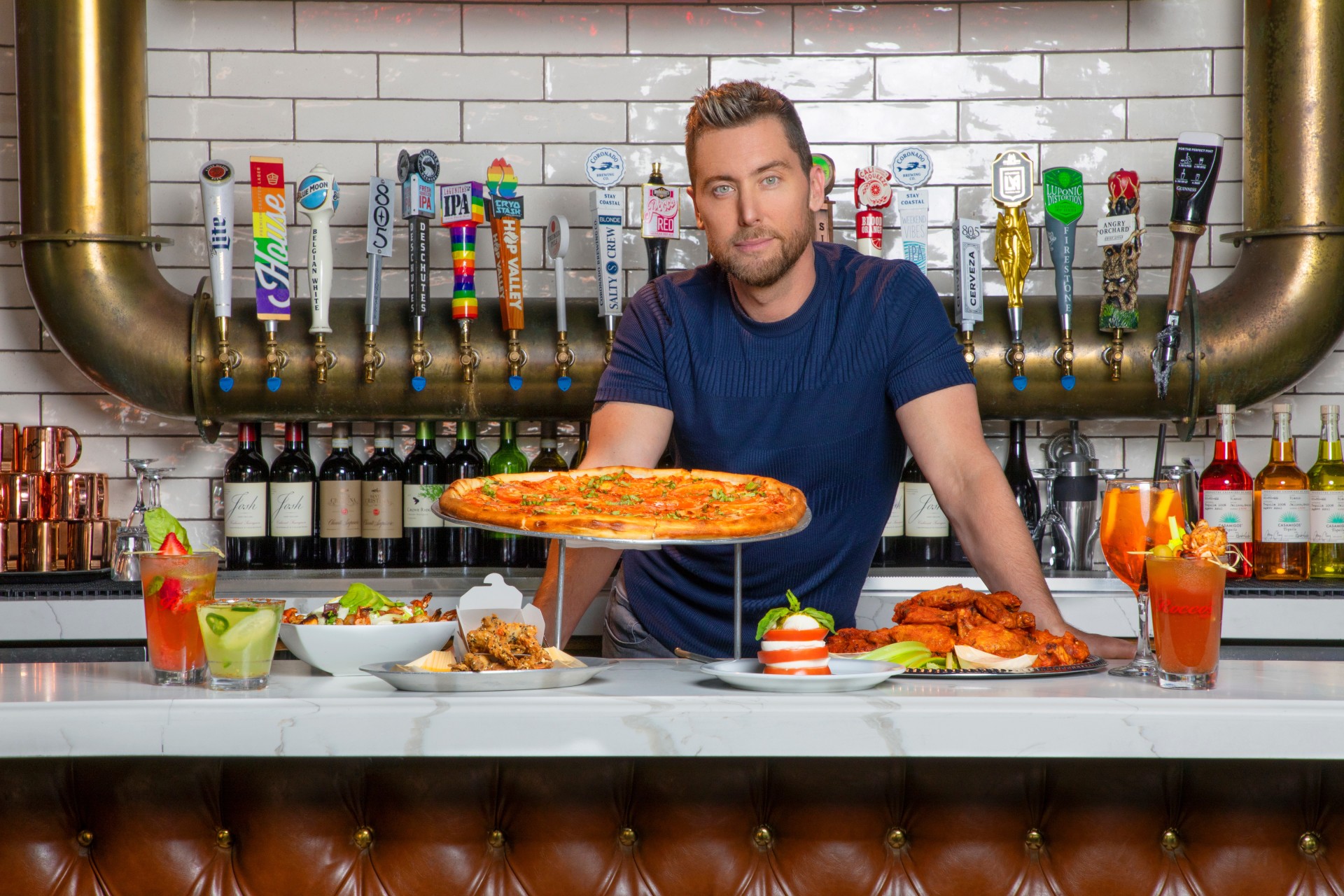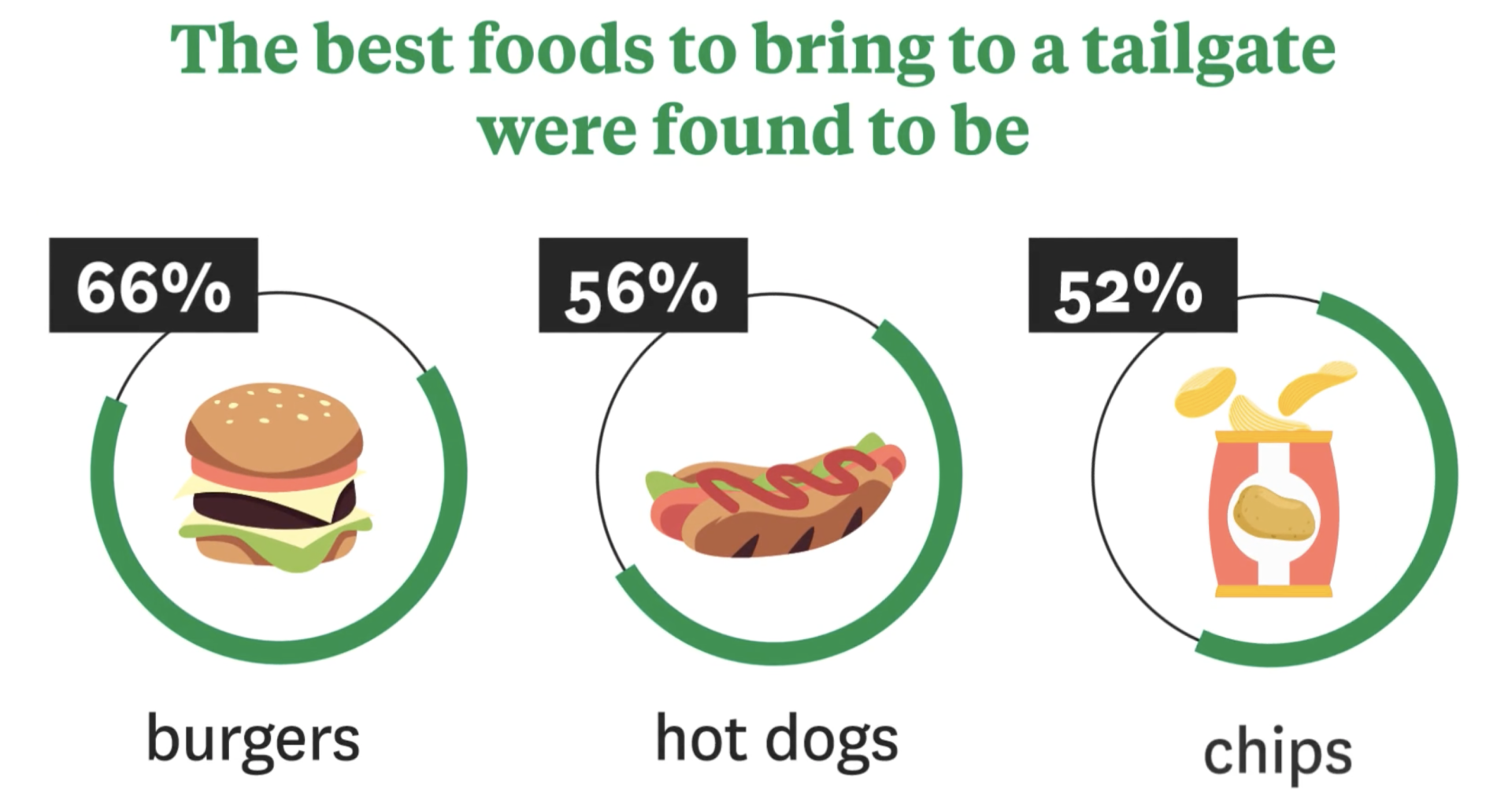I have been a vegetarian for a while now. Until recently, when my editor asked me to dig deeper into my past as a meat-eater for an essay in my upcoming cookbook memoir, Eating Again (out January 25th, 2022, with Heliotrope Books), I missed meat a lot—especially during the holidays.
“What do you miss about eating meat?” she asked in a comment next to an essay about my childhood, where I mentioned a rabbit recipe that my grandmother Silvana would make on special occasions.
Thanksgiving, Vegan – F & B
I had never asked myself that question. And, surprisingly, the answer came fast and very clear: I didn’t miss meat, I missed that state of childhood when I didn’t know any better, when it was okay not to know, when innocence was in full swing, when, in the early 1980s in Avigliana, the small town at the foothills of the Italian Alps, where I was born and raised, we didn’t know how the industrialization of animal farming was inhumane and a threat ftoor the environment. I didn’t understand how much cows suffered when constantly milked for a bite of cheese, a gelato, or butter.

I don’t regret my awareness and commitment. Knowing what it is that I miss, I can channel the feeling in my cooking, in my plant-based recipes, for new sustainable traditions that my daughter will remember and be able to pass on without renouncing ingredients, scents, spices, or textures.
My editor’s question came back to haunt me this past summer, which I spent in Italy, where my parents and my 99-year-old grandmother still live. There, in fact, I was still eating cheese, and a lot of it.
On a practical level, in Italy it was often the only alternative to not eating meat. So for the 10 weeks we spent there, we ate it all: mozzarella, burrata, Parmigiano, asiago and fontina, goat cheese, sheep ricotta… you name it.
What was it about dairy that I couldn’t give up? Having been through the understanding process with meat, I suspected it wasn’t about the food.
It was about my maternal grandparents, in fact. It was about a specific time in my childhood and growing up with them up in the mountains, when I was around seven7; it was about how much my grandfather Arigo loved toma (aged cheese from the Alps) and fontina from the Aosta Valley, where I spent every summer, with them, until the age of eighteen18. He loved Parmigiano so much that—it became a joke in the family— he could even grate it on his caffe latte. It was about the mountains, the memories, a life that was still untouched, innocent, and devoid of the suffering I would go through when I ultimately did leave the mountains— life before I began my journey of recovery from eating disorders.
So, when we returned to Los Angeles, where we live, I embarked on a mission: letting go of my old ideas about what “good food” means and exploring explore the plant-based world with a new eye. I wanted to eliminate cheese from our diet because, because of the suffering animals go through for the production of dairy products. In doing so, I hope not to expect the same flavor as I discover cashew cheese, oat butter, and the likes.
As a recovering anorexic and bulimic, however, I must be careful when it comes to cleanses, eliminating food, and diets. So, I turned this project into an adventure, a creative endeavor, rather than a drastic food regime.
And just like it tends to happen in life, when I am ready for something, when I am ready for change, things line up for that to happen: I had heard of homemade cashew cheese, nutritional yeast, and aquafaba (the liquid from a can of chickpeas, or the water in which you cook them), of course, but I had never tried cooking and baking with it any of those until this time, when I was ready for the challenge. Maybe it’s the season change, maybe it’s the effect of motherhood, but I am fully embracing the new while honoring the old.
Aquafaba, it turns out, became a key ingredient in my Italian-inspired lentil and black bean meatloaf, that I will be serving for Thanksgiving, with sautéed rapini.
Italian-Roast-Style Lentil and Bean Meatloaf
Preparation: 30 minutes
Cooking time: 30 minutes
Passive time: 15 minutes
Ingredients for 6-8 people:
1 ½ cup of cooked lentils (I cooked mine in homemade vegetable broth, but you can used canned lentils to save time)
1 can of black beans
1 small onion
1 leek (optional)
1-2 medium carrot
1 stick of celery
4 tbsp of aquafaba
1 splash of arrope (must) or ¼ tsp brown sugar or coconut sugar
14-16 oz. of king oyster mushrooms and white mushrooms
1 spring of rosemary
1 tbsp white wine
Salt and pepper to taste
Fresh thyme, chives, parsley, and basil to taste
1 bay leaf
1 tsp dry fennel seed
1 cup pecans or a mix of walnuts and pecans
1 clove of garlic (whole)
¼ cup pumpkin seeds
Smoked paprika (optional)
¼ cup breadcrumbs
2-3 tbsp tomato sauce
Preparation:
- Sauté the chopped mushrooms in extra-virgin olive oil, a splash of arrope (must), some of the thyme, parsley, and rosemary, and one clove of garlic (that you will remove at the end); salt to taste. This will take 10 minutes. When the mushrooms are ready, remove the garlic and set aside to cool down.
- Prepare the soffritto by finely chopping carrot, onion, and celery and sauté in extra-virgin olive oil until caramelized (approximately 10 minutes). Now, deglaze with the white wine, and when it has completely evaporated remove from the heat and salt to taste.
- In the same skillet, lightly sauté the lentils (either from a can or that you have previously cooked) and the black beans (drained and rinsed), salt to taste. Do not skip this step as this will give the beans from a can a much deeper and more pleasant flavor.
- Lightly toast the pecans, the pumpkin seeds, and the fennel seed, then pulse the toasted mix in the food processor until it becomes a loose meal. Then add mushrooms, soffritto mix, rosemary, and the remaining fresh herbs to taste; pulse to combine. Lastly, add the lentils and the black beans, together with the aquafaba. Pulse for a few seconds, making sure not to purée this mix.
- In a large mixing bowl, add salt, smoked paprika and pepper to taste, the tomato sauce (if you don’t have it, you can use some good tomato paste, ½ tbsp of it), and add the amount of breadcrumbs needed to have a compact yet moist mix.
- Wet a sheet of parchment paper, then squeeze out the water, pat dry with a towel, and cover a loaf pan. Now, transfer the mixture in it, and firmly press into an even layer so that you will have a nicely compact loaf. Brush the top with olive oil and cover with aluminum foil to keep the moisture in. Bake for 20 minutes at 350 F, then remove the foil and continue baking, uncovered, for 10 more minutes.
- Allow the loaf to rest for 15 minutes before removing from the pan to serve.
This loaf is beautiful with a vegan gravy and a tangy cranberry sauce. The mushrooms give that meaty and earthy flavor that will not make you miss turkey this holiday season. And the rosemary, the soffritto, and the wine will just recreate the aromatic bouquet of the classic Italian roast typically served on festive occasions.
As will see, the intensity of flavor and scents is not about the meat: the aroma comes from the fresh herb mix, from the mushrooms, the bay leaf, the wine, and from all that nature gives us, right in our backyard, or a few blocks from the house.
Sautéed Rapini with Garlic and Chili Flakes
Preparation: 10 minutes
Cooking time: 15-20 minutes
Ingredients for 4 people:
2 bunches of rapini (broccoli rabe)
1 clove of garlic
Extra-virgin olive oil, salt and chili flakes to taste
Preparation:
- Prepare the rapini by removing the leaves and the florets for the stems,; then rinse the thoroughly.
- Blanch the rapini in salted boiling water for 3-4 minutes, this will soften them and remove the excess bitterness.
- Drain the rapini and transfer to a skillet with extra-virgin olive oil and garlic.
- Sautée the vegetables for 5-10 minutes, remove the garlic, and salt to taste. Add chili flakes and a last drizzle of a good extra-virgin olive oil before serving.
If you boil the vegetables without salt, you can drink the water, which is filled with vitamins and beneficial properties. My grandmother still does this, and she is 99!
Read Also: Guide to Professional Brewing Equipment from Homebrewing
Also, you can save the water and cook pasta in it. In my book there is a recipe for the authentic orecchiette with broccoli rabe, Puglia-style, so stay tuned for more.








